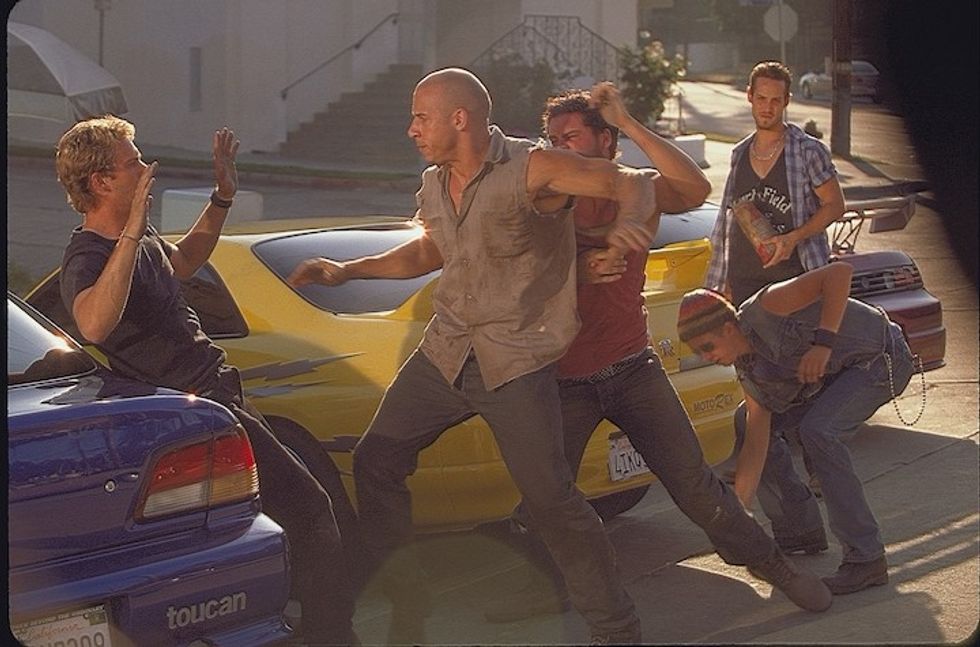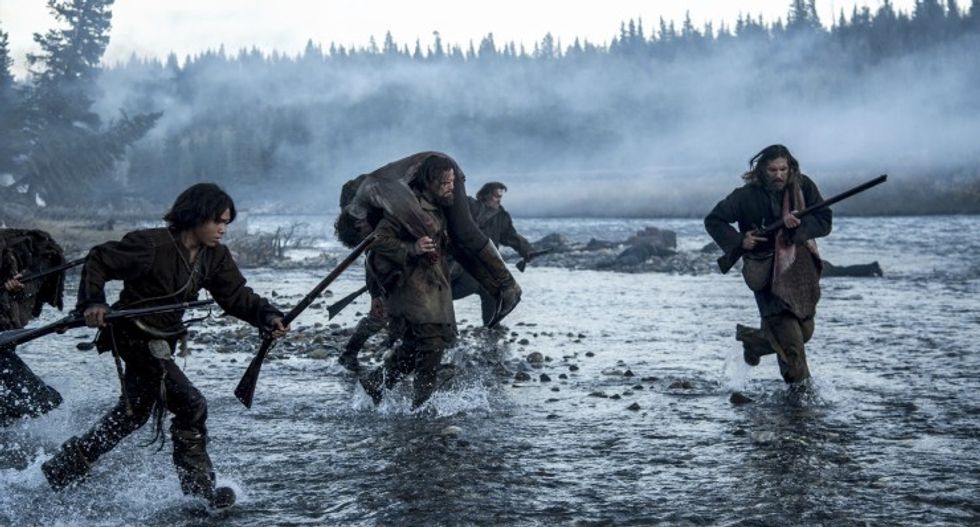How to Cut Short Documentary Films, Part One: Organizing Your Footage Like a Pro
In celebration of their latest promotional offer, our friends at The Academy of Storytellers have pulled two impressive pieces of educational content out from behind their paywall.
Before we get to today's lesson, which is all about how to get effectively organized when cutting short-form documentaries, here's a little bit of information about the Academy. First up, their introductory video:
Essentially, the Academy of Storytellers is an ever-evolving education solution for independent freelance shooters and production houses alike. In addition to the technical and creative tutorials, they've got all sorts of information about everything from pitching clients and maintaining fruitful client relationships, to pre-producing, budgeting, and more. There are well over 125 exclusive tutorials right now, and they add two more every week. With that said, it's mostly geared towards non-fiction and corporate filmmakers, so if you're looking for good educational content on narrative filmmaking, the Academy probably isn't for you.
Now that all of that is out of the way, let's get to the fun stuff. Short-form documentaries have exploded in popularity in the past few years, thanks in no small part to the fact that high-quality video and sound can be had for less money than ever before. They provide an effective method to profile an individual or a brand, and they're a great way to document an event or even a sandwich that you love.
Here's Ryland Brooks, the in-house editor at Story & Heart, to show you his exact process for cutting short documentary content. In this first tutorial, Ryland walks us through the un-sexy but critically important organization process that makes assembling the story a breeze. Here's part one:
Essentially, what Ryland is recommending here is that instead of bins, you use a series of well-organized sequences to keep all of your most important media where you can easily access it. For instance, he builds a sequence for every individual interview, cuts out all of the fluff, then labels everything using a disabled slug of black video on top the other video tracks. That way, you can just look at the top track to know exactly where you are in the timeline. He then does the same thing for each individual reel of B-roll. In order to keep track of the great moments that he will definitely want to include in the finished piece, he simply bumps up the slug of black video to a higher track.
Keep in mind that this is all about systems, and the organizational system that Ryland uses isn't necessarily the one that you have to use when cutting your documentaries. If using a disabled track of black video on top of everything doesn't appeal to you, don't do it. Just make sure that you have an organizational system that allows you to keep track of your most important pieces of media and access them quickly without having to search around and skim through tons of media. All NLEs today have a ton of built-in tools for staying organized. Choose the ones that work best for you and stick with them.
In another tutorial that we covered earlier this year, Ryland and a few of the talented filmmakers that regularly contribute to the Academy shared their best tips for being as efficient and organized as possible in the edit. This, of course, ties in nicely with the theme of the previous tutorial, and provides a few other helpful tips that you can use for getting your own process organized.
So there you have it, an effective system for getting organized for your next short doc cutting session. In the next video, which you can expect to see on Tuesday of next week, Ryland will share his process for actually building the story, piece by piece.
In the meantime, if you're interested in signing up for the Academy of Storytellers (and saving some money off their regular price), head over to their registration page.
Source: Academy of Storytellers


















